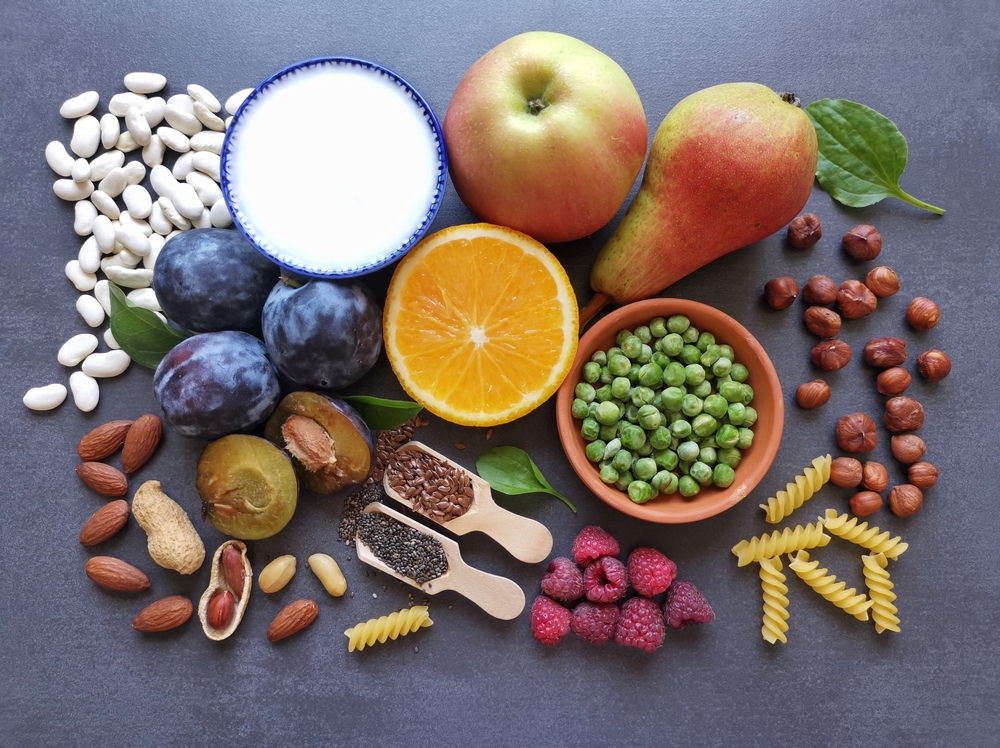Hannah Docter-Loeb discusses how artists, scientists and food companies work with the EU to find fresh and creative ways to make their food systems more environmentally friendly and efficient.
New media artist Helena Niconor incorporates the art of sound into a rare location, an urban-based hydroponic plant farm. Along with a group of scientists, she plays a variety of urban sounds on plants grown underwater. The goal is to determine how this will affect your growth.
According to the European Environment Agency, at least 20% of European city residents are exposed to chronic levels of noise that are harmful to health.
But what about the natural environment? Noise pollution appears to affect animals and even plants. However, it is difficult to accurately determine what the effect is or to know which particular sounds have a harmful effect.
Harmonic growth
In conjunction with scientists from Mendel University in Brno, Niconol, they created an AI-driven system that exposes plants to a variety of sound patterns and monitors their reactions.
“We are studying how different sounds affect plants,” said Niconor, based in Berlin and Istanbul. The aim is to understand the relationship between sound and plant growth and use AI to reproduce the optimal sound sequence of plants.
“It is an AI symphony created for plants and a model for future urban agriculture practices,” she said.
Her acoustic agriculture project is part of a broader EU-funded research initiative launched in 2022, called Hungry Ecocities. It brings together companies, artists and researchers based in seven EU countries.
Their work, running until early 2026, combines many different disciplines across 20 different AI-driven projects, all aimed at building a more sustainable and ethical food system. This is in line with the EU’s vision of a future food system as described in the Food 2030 policy.
Arts, science, food
Hungry Ecocities is part of a broader EU initiative called S+T+Arts (Science, Technology, Arts).
The underlying idea is to encourage artists to work with scientists to promote art-driven innovation, especially in the food sector.
“I think artists are naturally researchers, inventors, prototypes, but in the process of sustainability innovation, they are often overlooked,” says Rodolfo Groenewood Van Vliet, co-founder and director of IN4ART, a Dutch research and development organization specializing in art-driven innovation.
As cities evolve and want to be greener and more sustainable, fresh thinking is needed when it comes to how food is produced and consumed. One way to inspire that innovation is to lead artists like Niconol into the process.
The collaboration between art and science is not new, but powerful new elements shape these interactions: ai.
“AI is becoming a tool that creatives can use to deliver previously impossible outcomes,” said Dr. Pavel Smrz, an associate professor at BRNO Institute of Technology and coordinator of the Hungry Ecocities Initiative.
The research team explores every step of the day, from cultivation to consumption and waste management, and employs a wide range of approaches to food systems.
“It really covers everything — from what grows on the ground to how you handle leftovers,” said Groenewood Van Vliet.
From new recipes to new marketing
The Acoustic Agriculture team is exploring ways cities and agriculture coexist with support for sound harmonics, while other hungry environmental researchers target different parts of the food system.
One example is the MVPXFFF Food Computer, a prototype computer that used AI to generate recipes based on the expected harvest of so-called “urban food forests” and locally produce alternative sources of proteins such as nuts and algae.
The aim is to encourage urban food production and allow consumers to choose fresh, available agricultural products for healthy diets all year round.
Another creative angle comes from the vegetable bendetta, rethinking how vegetables are sold. A team led by Dutch artist Jeroen van Der Most has developed a device that uses algorithms to generate premium style ads for everyday vegetables, including high-end branding for potatoes and broccoli.
“Art can generate all sorts of new ideas about food and how to promote it,” van der said.
The idea is to help small farmers compete with larger brands by allowing them to access visuals generated by compelling AI.
“AI can break the boundaries of what ads can do,” says Van Der Most. “These technologies allow more people to create exciting images and content, focusing on healthy foods.”
Big brand appeal
With less than a year left, many of the innovations and prototypes developed have already been tested or used.
“We work directly with 10 authentic tangible partners who can make a difference,” said Groenewood Van Vliet.
Vegetable Vendetta, for example, has recently made various museum rounds in Tallinn, Estonia. However, it has been tested by farm companies to see if this kind of creative marketing powered by AI can enhance the appeal of the product.
“New advertising opportunities are open to organizations that don’t have a flashy campaign budget,” Van Dell mostly said. “In the future, this could give small producers the same kind of marketing power as global brands.”
Future direction
According to Groenenewoud Van Vliet, one of the most exciting results of the project is the highly diverse future directions it unveiled.
Unlike traditional collaborations that are often aimed at delivering a single innovation or product, hungry ecocities are designed to continue to create new possibilities.
“We’re building a kind of motor that continuously generates fresh ideas, prototypes and innovations,” he said.
The artists involved in this project believe that this synergy between art and science is important for future development.
Niconol said: “I think it’s our privilege as an artist, which means we can approach things from a lot of different perspectives.”
The research in this article was funded by the EU’s Horizon programme. The views of interviewees do not necessarily reflect the views of the European Commission.
This article was originally published in Horizon the EU Research and Innovation Magazine.
detail
Source link

